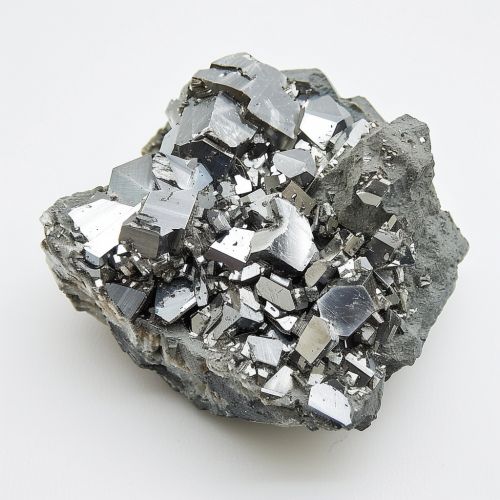Yttrium
Introduction
Yttrium is a chemical element with the symbol Y and atomic number 39. It is a silvery-metallic transition metal chemically similar to the lanthanides and has often been classified as a "rare-earth element". Yttrium is almost always found in combination with lanthanide elements in rare-earth minerals, and is never found in nature as a free element.
History
Yttrium was discovered by Johan Gadolin, a Finnish chemist, while analyzing the composition of the mineral gadolinite in 1794. The element was named after the village of Ytterby, Sweden, where the mineral was found. It was not until 1828 that Friedrich Wöhler was able to isolate the element in pure form.
Characteristics
Yttrium is a soft, silver-metallic, lustrous and highly crystalline transition metal. As a trivalent rare earth element, yttrium is somewhat stable in air, because it forms a protective oxide (yttria) layer on its surface. However, it readily reacts with water and acids. Yttrium has a low cross section for nuclear capture, and has been used in certain nuclear applications.
Occurrence and production
Yttrium is found in most rare earth minerals, as well as certain uranium ores. The most important sources for yttrium are the minerals xenotime and yttrium-bearing monazite, from which it is extracted as a by-product in the extraction of lanthanides. Yttrium is also produced synthetically in nuclear reactors.


Applications
Yttrium has a variety of uses. It is used in the production of phosphors, particularly the red phosphors used in television set cathode ray tube (CRT) displays and in LEDs. Yttrium is also used in the production of electrodes, electrolytes, electronic filters, lasers and superconductors. Some yttrium-based compounds are used in certain types of cancer treatments.
Health effects and precautions
Exposure to yttrium compounds in humans may cause lung disease. However, the element has no known biological role. Yttrium should be handled with care, as some compounds can be harmful if inhaled or ingested.
